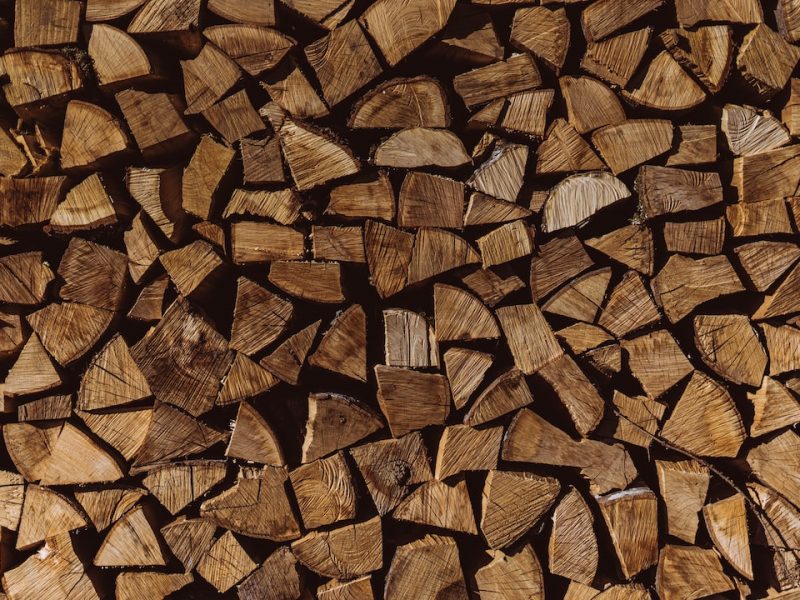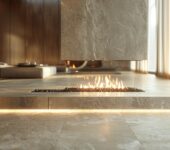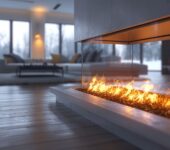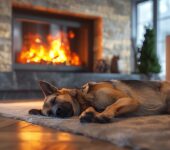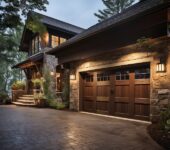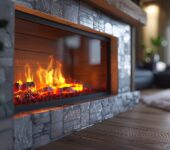Table of Contents
[et_pb_section admin_label=”section”]
[et_pb_row admin_label=”row”]
[et_pb_column type=”4_4″][et_pb_text admin_label=”Text”]
Did you know improperly seasoned firewood will smolder and cause creosote buildup in the chimney and fireplace? Creosote buildup in the chimney might potentially lead to a fire in the chimney further down the line.
Before using wood in a fireplace or stove to start a fire, it must be properly seasoned. Seasoning wood involves drying the wood, which removes moisture and allows it to burn efficiently.
However, even seasoned wood can encounter some problems. Below, we will discuss the four common issues you may encounter when seasoning wood and how to overcome them.
1. Growth of Mold and Mildew in Firewood
Mold and mildew growth are common problems with well-aged wood. These fungi thrive in places that are damp and humid. The mold and mildew can grow and spread if the wood hasn’t been dried enough.
Mold and mildew not only ruin the look of wood but can also make people sick. Exposure to mold and mildew can cause breathing problems, especially for people with the following conditions:
- Asthma problems
- Allergic reactions
- Weakened immune systems
These fungi release spores that can irritate the eyes, nose, and throat, causing the following:
- Coughing bouts
- Continuous sneezing
- Wheezing when breathing
Mold and mildew can also cause more serious health problems. For example, chronic lung infections and inflammation if you are around them for a long time.
Ensure the wood is completely dry before storing it to avoid spreading mold and mildew. One method involves exposing the wood to air for at least six months in an area with enough ventilation.
We can’t say this enough. You need to store your firewood in a dry, well-ventilated place, so it doesn’t get too wet.
2. Insects Living in Firewood
Insects such as termites, ants, and beetles can be an issue for seasoned firewood. When stored outside, firewood is exposed to the weather, which can attract insects. These conditions include the following:
- Moisture buildup
- Humidity buildup
- Exposure to the elements
All of the above can create an ideal environment for pests to thrive.
Once insects bore into seasoned firewood, they can cause infestations in your home, which can be difficult and costly to get rid of.
To prevent insect infestations in seasoned firewood, taking preventative measures such as storing the wood properly is essential. This includes the following:
- Keeping the wood off the ground
- Storing it in a protected, dry place that is well-ventilated, away from rain and moisture
- Covering the wood with a tarp or other type of protective covering
All the above tips for storing wood will help prevent moisture buildup and deter pests from accessing the wood.
Another way to prevent insect infestations is to inspect the wood regularly. Look for signs of damage or infestations, like finding the following:
- Finding traces of sawdust
- Finding small holes or tunnels in the wood,
If you find an infestation, taking immediate action is essential. This may involve removing the affected wood and treating the surrounding area with insecticides.
You can assist in preventing infestation of pests and ensuring that your firewood continues to be in good condition by storing the wood properly. You should also inspect it for signs of a pest infestation.
3. Cracking and Splitting in Seasoned Firewood
Cracking and splitting are common issues that occur when seasoning wood. As the wood dries, it can shrink, causing it to crack and split.
Split or cracked firewood can be dangerous when stored and burned. It might have sharp edges or uneven surfaces, making handling difficult. It can also collapse and injure surrounding people.
Split firewood has an increased surface area, making it more prone to moisture buildup. As discussed above, this makes the wood look bad and can cause breathing problems in exposed people.
Split firewood can also attract insects. Splitting or breaking wood allows termites and beetles to dig into it deeper. As a result, insects can nest in the firewood, bringing pests into your home.
Burning split or broken firewood is dangerous. Hotspots can form when wood burns unevenly on an uneven surface. In addition, burning this type of wood can cause the firewood to explode, sending out wood shards.
Seasoning the wood slowly and evenly is essential to prevent cracking and splitting. You have to keep the wood stored away for at least six months in an area that has good ventilation and is dry.
Make sure to stack correctly to allow for proper air circulation. In addition, it is of the utmost importance to keep the wood away from direct sunshine and high temperatures. Both can cause the wood to dry out too soon and cause splitting and cracking.
4. Firewood Can Cause Smoke and Creosote
When using improperly seasoned wood in a wood-burning fireplace or stove, smoke and creosote can be a problem. Smoke occurs when the wood is not burned efficiently, which can cause poor air quality in your home. Creosote, on the other hand, is a gummy and combustible substance that can accumulate in the chimney, increasing the likelihood of a fire breaking out.
To prevent smoke and creosote buildup, it’s essential to ensure the wood is appropriately stored and dried, as wet wood can produce more smoke and creosote. In addition, it would be best to have your chimney inspected and cleaned regularly to remove any buildup and reduce the fire risk.
Fuel Your Fires With Perfect Seasoned Wood!
Seasoning wood is a crucial process that allows the wood to burn efficiently and safely. However, even seasoned wood can encounter problems. By taking preventative measures, you can overcome these common issues and enjoy a warm and cozy fire without any worries.
Are you looking for the perfect hot addition to your home? Check out our wide selection of high-quality fireplaces and accessories! Contact us today. Take the first step towards creating a warm and inviting space you’ll love for years to come!
[/et_pb_text][/et_pb_column]
[/et_pb_row]
[/et_pb_section]
Latest Articles

What Kind Of Paint To Use On Metal Garage Doors
Table of Contents1 Why Paint Your Metal Garage Doors?2 Types of Paint for Metal Garage Doors3 Factors to Consider When Choosing Paint for Metal Garage
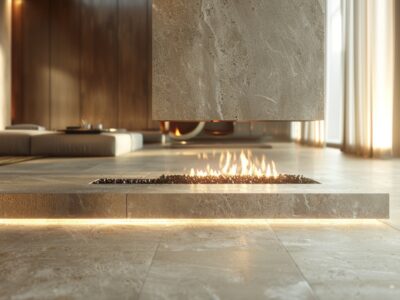
Why Has The Mist On My Fireplace Stopped Working?
Table of Contents1 What Is a Fireplace Mist System?2 How Does a Fireplace Mist System Work?3 What Are the Benefits of a Fireplace Mist System?4
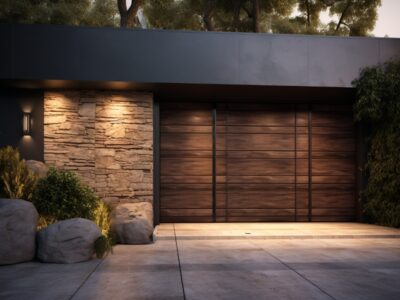
How Much Do Roll Up Garage Doors Cost?
Table of Contents1 What Are Roll Up Garage Doors?2 What Are the Different Types of Roll Up Garage Doors?3 How Much Do Roll Up Garage



